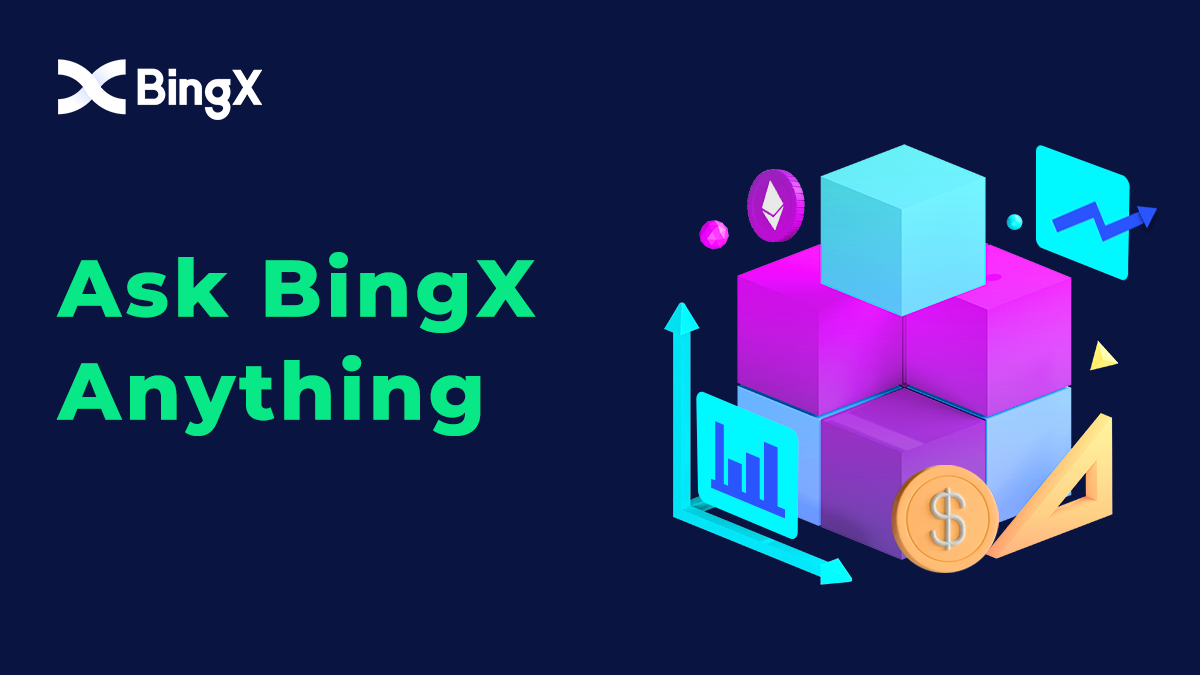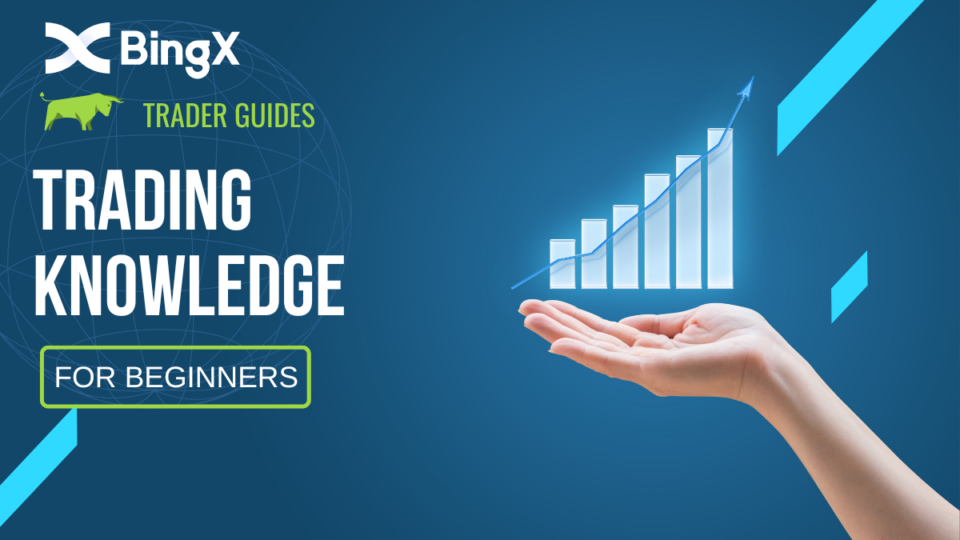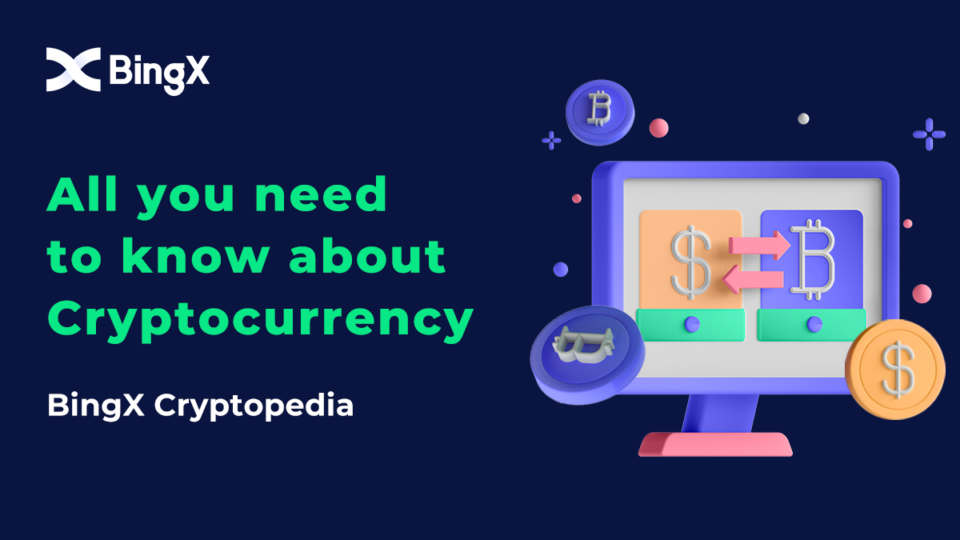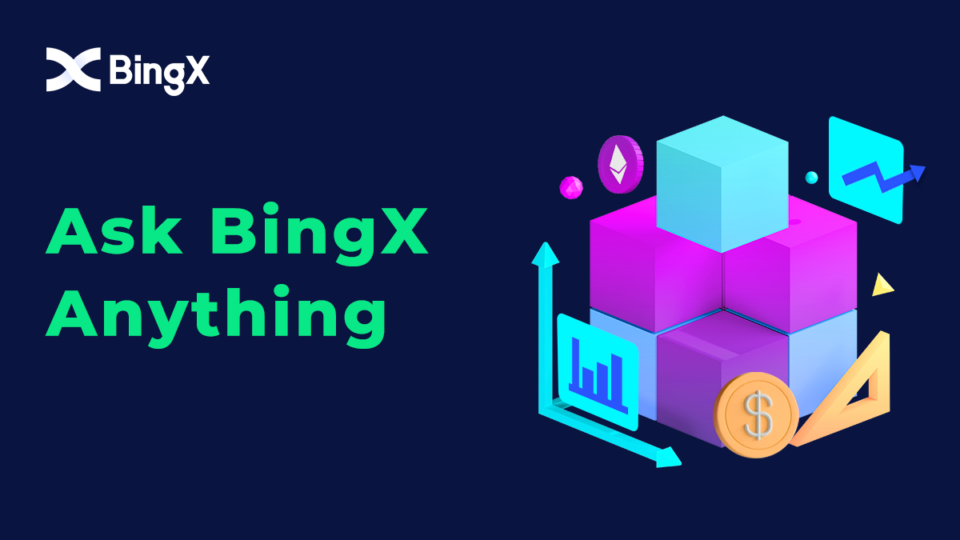
Does Crypto Market Closes?
March 22, 2023
How Do We Pay Taxes for Crypto Trading?
March 23, 2023What are Margin Trading in Crypto?

Margin trading in the world of cryptocurrencies is a popular way for experienced traders to amplify their gains by borrowing funds to increase their purchasing power. In essence, it’s a way to trade with more capital than you have in your account. While it can lead to higher profits, it also comes with the risk of larger losses.
Advantages of Margin Trading
- Higher potential profits: The primary reason traders use margin trading is to increase their potential profits. By leveraging their positions, they can amplify gains when the market moves in their favor.
- Short selling: Margin trading enables traders to profit from falling market prices by short selling. This involves borrowing an asset, selling it, and then buying it back at a lower price to return to the lender, pocketing the difference.
- Access to more trading opportunities: Margin trading allows traders to open positions in assets they might not have been able to afford otherwise. This can help diversify their portfolio and take advantage of a wider range of market opportunities.
Disadvantages of Margin Trading
- Higher potential losses: While margin trading can amplify profits, it can also amplify losses if the market moves against your position.
- Liquidation risk: If your trade goes against you and your margin falls below a certain threshold, you may be forced to close your position or face liquidation.
- Interest and fees: Borrowing funds to trade on margin often comes with interest and fees that can eat into your profits.
How Does Margin Trading Work?
Leverage and Margin
Leverage is the key concept that enables margin trading. It’s a ratio that represents the amount you can borrow compared to your own capital. For example, a 2:1 leverage allows you to borrow twice the amount of your own funds, while a 10:1 leverage allows you to borrow ten times your own capital.
The margin is the amount of your own capital that you need to set aside to open and maintain a leveraged position. This acts as collateral to protect the lender in case the trade goes against you.
Margin Calls and Liquidation
When the market moves against your leveraged position, the value of your margin may decrease. If it falls below a certain threshold, known as the maintenance margin, you may receive a margin call. This requires you to either deposit more funds to maintain your position or close your position and take the loss.
If you fail to meet the margin call, your position may be liquidated, meaning it’s closed automatically to prevent further losses. This can result in the loss of your entire margin.
Risks Involved in Margin Trading
Volatility
Cryptocurrency markets are known for their volatility. Rapid price movements can quickly change the value of your margin, increasing the risk of margin calls and liquidation. This makes margin trading in crypto particularly risky compared to more stable traditional financial markets.
Liquidation
As mentioned earlier, if your margin falls below the maintenance margin, you may be forced to close your position or face liquidation. Liquidation can result in the loss of your entire margin, making it a significant risk when trading on margin in the crypto market.
Tips for Successful Margin Trading
Start Small
If you’re new to margin trading, it’s a good idea to start with a smaller leverage ratio to minimize your risk. As you gain experience and confidence, you can gradually increase your leverage to amplify your potential gains.
Diversify Your Portfolio
Diversification is a key strategy to reduce risk in any investment portfolio. By spreading your investments across different assets, you can minimize the impact of a single asset’s poor performance on your overall portfolio.
Use Stop Loss Orders
A stop loss order is a tool that allows you to set a specific price at which your position will be automatically closed if the market moves against you. This can help you limit your losses and protect your margin from falling below the maintenance margin.
Keep an Eye on Your Margin Account
Monitoring your margin account is crucial when trading on margin. Keep track of your current margin, maintenance margin, and any unrealized gains or losses. This will help you make informed decisions about managing your positions and avoiding margin calls or liquidation.
What is margin trading in cryptocurrencies?
Margin trading in cryptocurrencies is a trading strategy that allows you to borrow funds to increase your purchasing power and potentially amplify your gains. It involves the use of leverage to trade with more capital than you have in your account.
How does leverage work in margin trading?
Leverage is a ratio that represents the amount you can borrow compared to your own capital. For example, a 2:1 leverage allows you to borrow twice the amount of your own funds, while a 10:1 leverage allows you to borrow ten times your own capital.
What are the risks involved in margin trading?
Margin trading comes with several risks, including higher potential losses, margin calls, liquidation, and the impact of interest and fees on your profits. Additionally, the volatility of cryptocurrency markets makes margin trading particularly risky.
How can I minimize the risks of margin trading?
To minimize the risks of margin trading, consider starting small, diversifying your portfolio, using stop loss orders, and closely monitoring your margin account.
What is a margin call?
A margin call occurs when the value of your margin falls below a certain threshold, known as the maintenance margin. You may be required to deposit more funds to maintain your position or close your position and take the loss. If you fail to meet the margin call, your position may be liquidated.



